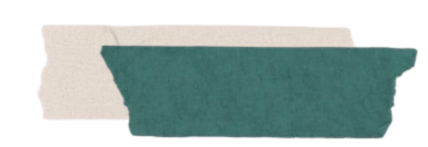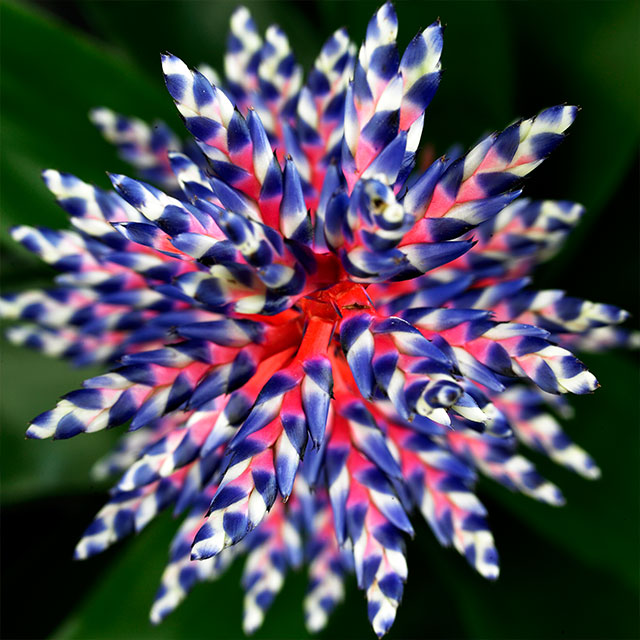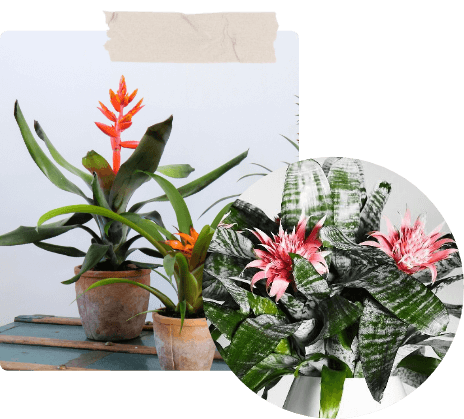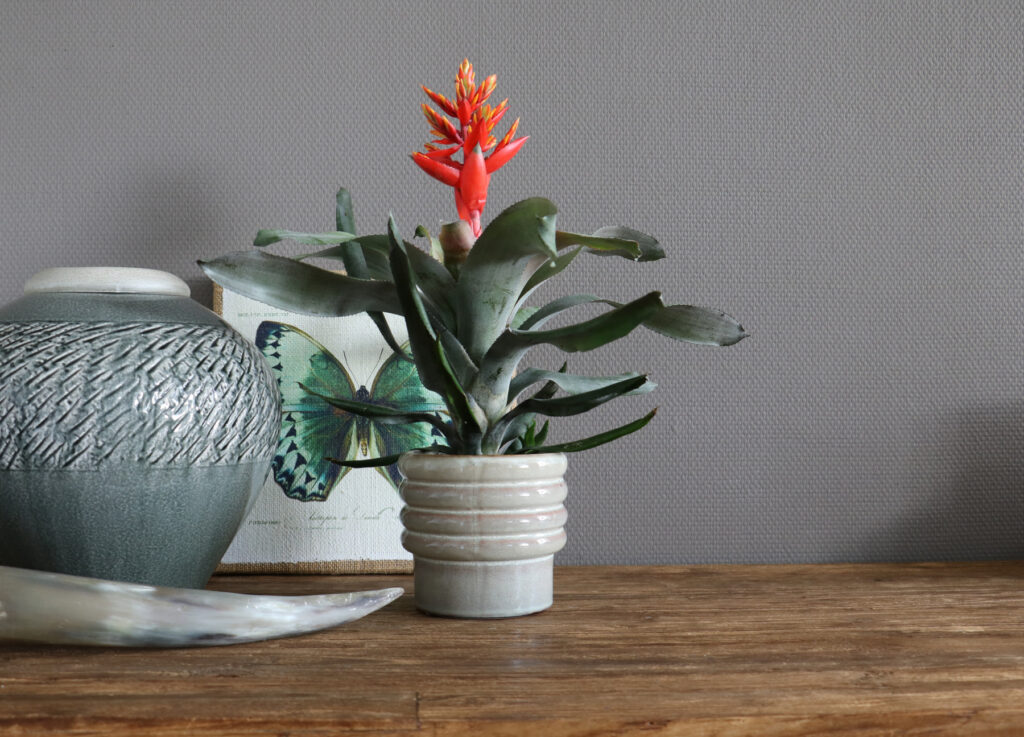Passport


Their tropical roots make Aechmeas excellent survivors and therefore, they require little maintenance.
post-smtp domain was triggered too early. This is usually an indicator for some code in the plugin or theme running too early. Translations should be loaded at the init action or later. Please see Debugging in WordPress for more information. (This message was added in version 6.7.0.) in /var/www/vhosts/br-easy.com/httpdocs/wp-includes/functions.php on line 6114rocket domain was triggered too early. This is usually an indicator for some code in the plugin or theme running too early. Translations should be loaded at the init action or later. Please see Debugging in WordPress for more information. (This message was added in version 6.7.0.) in /var/www/vhosts/br-easy.com/httpdocs/wp-includes/functions.php on line 6114Meet the plant



What is conveniently known as flowers, are in fact mostly beautiful bracts. The flowers themselves are quite small and not as flamboyant as the rest of the plant. Looking at the leaves, you immediately understand why this plant is called Aechmea. In Greek, this name means ‘spearhead’. Some species have a specific leaf pattern that gives the plant extra ornamental value. Beautiful to look at! There are also Aechmeas that will surprise you with colour-changing seed berries.
Bromeliads with thick leaves like a dry environment and Bromeliads with thin leaves prefer a more humid location. The Aechmea can cope well with central heating. On its leaves, the Aechmea has small scales that form a super-efficient absorption system. In desert areas, these serve as heat shields at the same time. There, they prevent the plants from losing unnecessary amounts of moisture in the scorching sun.
Place the Aechmea in a well-lit area in the house away from direct afternoon sun. Give the plant water in the chalice which is the heart of the plant where the flower grows. From this heart, the plant feeds itself. Once the water is no longer visible the plant should be watered again.

Use our greencoach!
We would like to help you care for your Breasy plant. Receive emails with tips and reminders about caring for your plant.
Greencoach